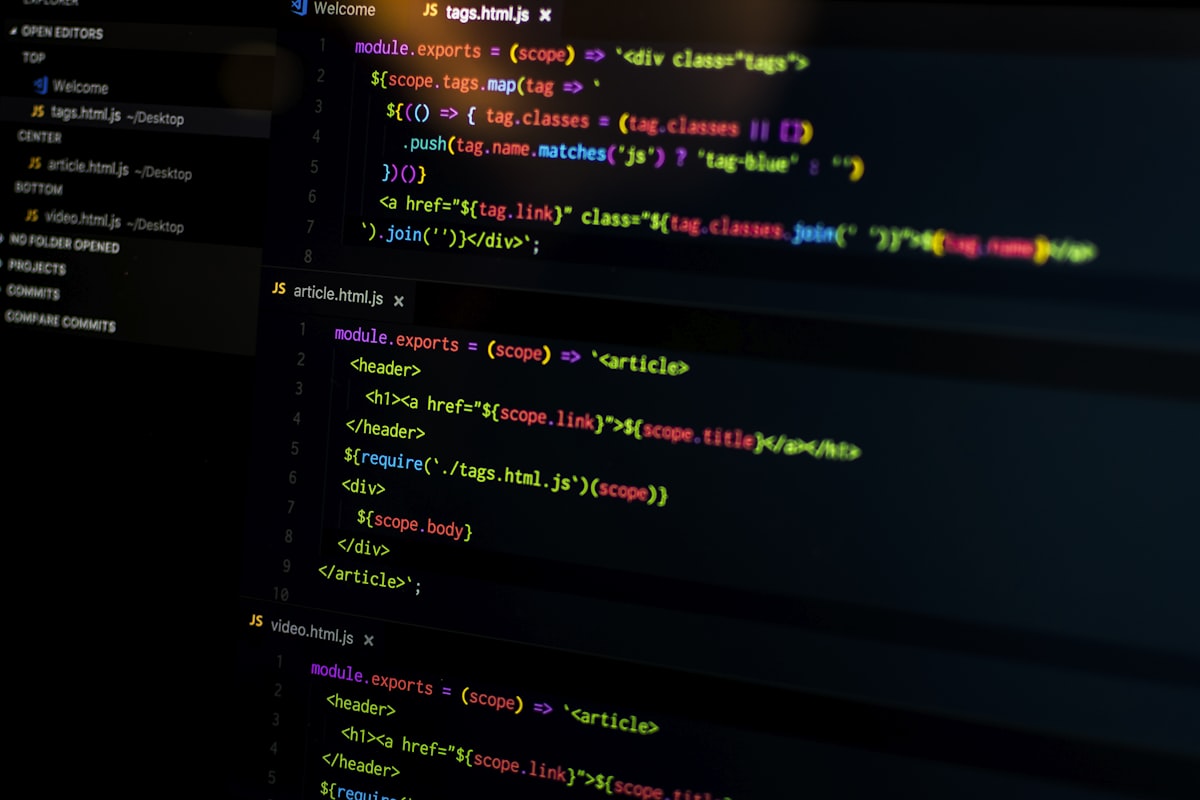Negative prompts provide precise control over AI image editor outputs by specifying what to exclude. Master negative prompts and dramatically improve results while reducing iterations and ensuring consistent professional quality.
Understanding Negative Prompts
Negative prompts tell AI what to avoid or exclude. While positive prompts describe what you want, negatives specify what you don't want, creating powerful quality control. When processing edits, AI actively tries avoiding characteristics listed in negative prompts, steering results away from problems and ensuring professional standards. Why they matter: prevent issues before occurring, ensure quality automatically, save time by reducing iterations, increase consistency with predictable outputs, provide professional insurance built into every edit.
Essential Categories
Quality Issues: blurry, out of focus, soft focus, unfocused, low resolution, pixelated, low quality, compression artifacts, jpeg artifacts, noise, grain, fuzzy - ensures crystal clarity suitable for commercial use, preventing most common AI-generated image problems. Lighting Problems: harsh lighting, uneven lighting, bad lighting, dark shadows, blown highlights, underexposed, overexposed, too dark, too bright, artificial lighting artifacts, flash artifacts, red eye - ensures even professional illumination enhancing rather than detracting from subjects. Color Issues: oversaturated, undersaturated, washed out, color cast, wrong colors, unnatural colors, poor white balance, color shift, faded colors, neon colors, incorrect hues, color bleeding - critical for product photography and brand consistency, maintaining true-to-life professionally balanced colors. Composition Flaws: cluttered, busy background, distracting elements, poor composition, bad framing, tilted horizon, distorted perspective, awkward angle, off-center, unbalanced, chaotic layout - ensures clean professional composition where subjects stand out and communicate effectively. Unwanted Elements: watermarks, logos, text overlay, date stamps, copyright notices, time stamps, UI elements, frame borders, signatures, branding elements, exif data visible - marketing and commercial use requires clean images without distracting overlays.Use Case-Specific Negatives
E-commerce Product Photography: shadows on background, gray background, colored background instead of white, uneven background, textured background, reflections, glare, dust, dirt, scratches, dents, damage, packaging wear, incorrect product colors, size distortion, perspective distortion. Amazon marketplace specific adds: any shadows, not white background, product under 85% frame, product over 90% frame, text on main image, logos visible, watermarks, graphics overlay, poor white balance, gray or off-white background. Result: Perfect marketplace-compliant product images every time. Portrait Photography: Natural portrait negatives include plastic skin, over-processed skin, artificial appearance, heavy makeup effect, airbrushed look, unnatural skin tone, distorted facial features, wrong skin color, too smooth, fake looking, digital artifacts on face. Professional headshot specific adds casual background, distracting background, busy background, poor professional presentation, unprofessional lighting, red eye, harsh shadows on face, uneven skin tone. Result: Natural professional portraits suitable for corporate use. Marketing and Advertising: cluttered composition, unclear message, poor readability, low contrast, amateur design, off-brand colors, inconsistent with brand identity, poor mobile visibility, distracting elements, unprofessional appearance. Social media specific includes poor mobile optimization, low contrast for small screens, hard to read on phone, doesn't stop scrolling, generic stock photo look, not shareable, low engagement potential. Result: High-performing visuals optimized for platforms.Advanced Strategies
Stacking Negative Prompts: Use "blurry OR out of focus OR soft focus OR low resolution OR pixelated OR low quality OR poor quality OR compression artifacts OR noise OR grain OR fuzzy OR unclear" - redundancy ensures AI understands importance, creating multiple barriers against quality problems. Priority Ordering: List most critical negatives first as some AI systems weight earlier items more heavily. Example order: 1) Quality issues, 2) Lighting problems, 3) Color issues, 4) Composition flaws, 5) Unwanted elements. Category-Specific Combinations: Product photography complete: "blurry, low quality, shadows on background, gray background, reflections, glare, dust, scratches, uneven lighting, color cast, distorted proportions, poor white balance." Portrait complete: "blurry, low quality, artificial skin, over-processed, plastic appearance, harsh lighting, unnatural colors, distorted features, red eye, poor skin texture." Landscape complete: "blurry, low quality, overexposed, underexposed, poor dynamic range, noise, color cast, tilted horizon, distorted perspective, unnatural colors."Testing and Optimization
A/B test variations systematically comparing minimal negatives ("blurry, low quality") against comprehensive negatives ("blurry, out of focus, low resolution, low quality, poor lighting, color cast, distorted, oversaturated"). Compare success rate improvement, quality consistency, iteration reduction, processing time. Finding optimal balance: Too few allows quality issues, too many may over-constrain AI, sweet spot typically 8-15 key negative terms.
Common Mistakes
Mistake 1: Not using negatives at all results in 40% higher iteration rate and inconsistent quality - always include comprehensive negatives. Mistake 2: Too generic like only "bad quality, blurry" misses specific use case issues - use detailed specific negatives for your needs. Mistake 3: Contradicting positive prompts (positive says "vibrant" while negative says "saturated") confuses AI producing unpredictable results - ensure logical alignment. Mistake 4: Using same negatives for all project types produces suboptimal results - customize for each specific project type.
Building Your Library
Organize by use case: E-commerce (white background enforcement, shadow prevention, quality standards, platform compliance), Portraits (natural skin preservation, professional lighting, facial feature accuracy, corporate standards), Marketing (brand consistency, platform optimization, engagement focus, professional quality), Landscapes (natural appearance, weather conditions, perspective accuracy, dynamic range).
Key Takeaways: Always use comprehensive negative prompts, customize for specific use cases, stack critical exclusions, test and optimize regularly, build reusable libraries. Impact: 40% fewer iterations, 95% consistent professional quality, significant time and cost savings. Ready to master AI editing? Start using strategic negative prompts today and experience dramatic quality improvements professionals rely on.